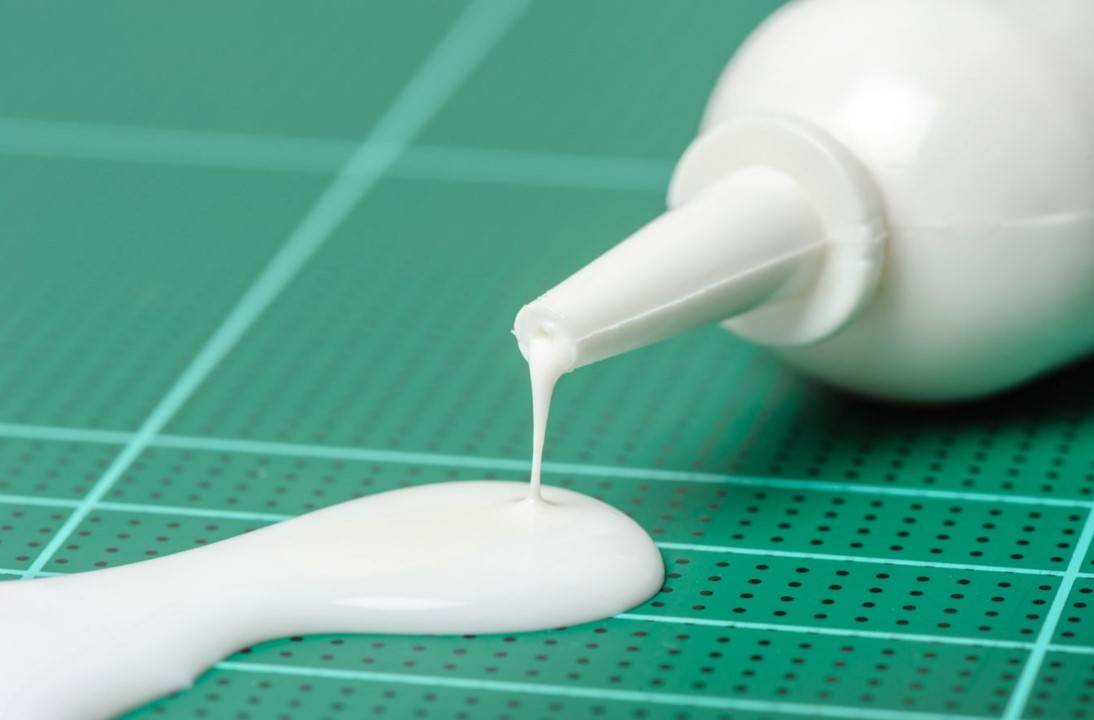
The European adhesives and sealants market decreased by 5% in volume and value in 2020 due to Covid-19. However, it is expected to grow to €22.2 billion by 2026. Sustainability and circular economy objectives continue to drive demand.
The adhesives and sealants market in 2021 was very volatile, with logistics costs and availability greatly affecting the market. The Covid-19 pandemic, the blockage of the Suez Canal and major raw material supply problems are the main reasons for this situation. As a result, the European adhesives and sealants market, which in 2020 was 4.7 million tons with a value of €15.5 billion, decreased by 5 % in volume and value that year. However, it is expected to grow to €22.2 billion in 2026, mainly as a result of some areas that will be influenced after the Covid pandema. In particular, sustainability/circular economy targets, such as the renewable energy sector, have become one of the most important drivers of the growing demand for adhesives and sealants. Assembly operations are also expected to have the highest growth in E&S demand due to the trend of automation/digitization of operational processes.
FEICA, the European Adhesives and Sealants Industry Association, launched its seventh edition of the European Adhesives and Sealants Market Report in November 2021. Market knowledge, obtained through direct interviews of the adhesives and sealants industry (formulators, raw material producers and equipment suppliers), is analyzed by Smithers and published by FEICA. In September 2019, a sixth edition of the report was published, but due to the COVID-19 pandemic, a seventh edition was commissioned, also covering its impact on the EU market, in 2021. For the first time, FEICA offers Regional Reports, which are intended for companies that focus solely on regional markets. The market size for 2020 is defined and a demand forecast for the period 2021-2026 is also provided.
In the transportation sector, there are good prospects for growth in demand for adhesives and sealants, thanks to the growing demand for lightweight and low-carbon vehicles. In the building/construction/civil engineering/craft market segment, there is a growing demand for (more) eco-sustainable materials, thanks to an increasing focus in building/construction on energy efficiency, retention and sustainable energy generation.
2020 saw an increase in e-commerce and higher demand for packaging, and for paper, board and related products, sustainability issues continue to have a major influence on the demand for adhesives and sealants. Current trends are related to the reduction of packaging waste and the promotion of reuse, as well as the lightening and recycling of packaging.
European consumer/ DIY demand for adhesives and sealants is forecast to grow by around 3 % in volume and value over the next five years, as consumers stay at home mostly during periods of confinement. The EU Green Deal advocates the “right to repair”, which aims to improve, among other sustainability aspects, the repairability of all products on the European market, and to counteract premature obsolescence. These sustainability factors are the key drivers for the adhesives and sealants industry during the period 2021-2026.
The EU Green Deal
Source: FEICA article



